Benefits of Cassia Red (Cassia roxburghii)
Cassia Red, scientifically known as Cassia roxburghii, is a spectacular flowering tree native to South and Southeast Asia. Often referred to as the Red Shower Tree, it is prized for its breathtaking clusters of deep pink to red flowers. While its aesthetic charm is widely appreciated in landscapes and urban gardens, many people overlook the multitude of ecological, medicinal, environmental, and cultural benefits that this tree offers.
In this article, we will explore the botanical characteristics, environmental impact, medicinal values, ornamental uses, and cultural importance of Cassia roxburghii in detail.
Cassia Red, or Cassia roxburghii, is far more than a decorative flowering tree.
1. Botanical Overview of Cassia Roxburghii
Before diving into its benefits, it’s helpful to understand the basic attributes of this tree:
Scientific Name: Cassia roxburghii
Common Names: Red Shower Tree, Red Cassia, Roxburgh’s Cassia
Family: Fabaceae
Height: Typically grows between 10 to 15 meters
Flowering Season: Spring to early summer
Native Range: India, Sri Lanka, Myanmar
Cassia roxburghii is a deciduous or semi-deciduous tree that loses some of its leaves during the dry season. It is closely related to Cassia fistula (Golden Shower Tree) and is often planted alongside it for contrasting floral displays.
2. Ornamental and Landscape Benefits
Aesthetic Appeal
Cassia roxburghii is best known for its vibrant reddish-pink flower clusters that appear in abundance during the blooming season. The brilliant blooms create a striking visual impact, making it a favored ornamental tree in parks, avenues, gardens, and boulevards.
Urban Greening
Due to its manageable size and attractive form, the Red Shower Tree is widely used for urban beautification projects. It adds color to city landscapes, promotes biodiversity in urban settings, and complements modern architecture.
Seasonal Highlight
Unlike evergreen trees, Cassia roxburghii offers seasonal drama with its flowering cycle. During spring, the tree becomes a focal point of interest, attracting photographers, nature enthusiasts, and tourists.
Shade Provider
Its broad, spreading canopy provides excellent shade, making it ideal for planting along roadsides, walkways, and playgrounds where protection from sun is needed.
3. Environmental and Ecological Benefits
Pollinator Attraction
Cassia Red is an important source of nectar for pollinators like bees, butterflies, and birds. During the flowering season, the tree becomes a hub of pollination activity, contributing to the ecological balance of the region.
Supports Biodiversity
By attracting diverse insect and bird species, it plays a crucial role in enhancing local biodiversity. This is particularly important in urban areas where natural habitats are limited.
Soil Stabilization
The root system of Cassia roxburghii helps prevent soil erosion, especially when planted on slopes or embankments. It binds the soil and reduces runoff during rainy seasons.
Air Purification
Like other trees, Cassia Red contributes to air purification by absorbing pollutants such as carbon dioxide, sulfur dioxide, and nitrogen oxides. This makes it especially useful in polluted city environments.
4. Medicinal and Therapeutic Benefits
While Cassia roxburghii is primarily planted for ornamental purposes, various parts of the tree also possess medicinal properties and are used in traditional herbal medicine, particularly in Ayurveda.
Anti-inflammatory Properties
Extracts from the leaves and flowers of the tree have been found to possess anti-inflammatory effects, useful in reducing swelling and treating inflammatory conditions.
Antioxidant Effects
Studies have shown that Cassia roxburghii contains natural antioxidants, which help neutralize free radicals in the body. Antioxidants are known to support general health and prevent chronic diseases.
Antimicrobial Activity
Traditional medicine practitioners use extracts from the bark, leaves, or flowers to treat skin infections, wounds, and microbial infestations. It shows potential against bacteria like Staphylococcus aureus and Escherichia coli.
Wound Healing
In folk medicine, the leaves or flower paste is applied directly to wounds and burns to promote faster healing. Its antiseptic nature helps prevent infection.
Relieves Digestive Issues
Some communities use bark or flower infusions to treat constipation and indigestion. These parts of the plant act as mild laxatives and are used to stimulate bowel movements.
⚠️ Note: While promising, these traditional remedies should be approached cautiously and preferably under the supervision of a trained herbalist or medical professional.
5. Economic and Agricultural Benefits
Low Maintenance
Cassia roxburghii is relatively easy to grow and requires minimal maintenance once established. This reduces the costs of landscaping and public greening projects, making it economically viable for large-scale planting.
Drought Tolerant
It is moderately drought-tolerant and can survive in semi-arid regions, making it ideal for areas with water scarcity issues.
Resistant to Pests
Compared to many ornamental trees, it has natural resistance to many pests and diseases, reducing the need for chemical pesticides or intensive care.
Multipurpose Tree
Besides its aesthetic and medicinal uses, the tree’s wood is sometimes used for fuel or minor construction purposes in rural areas, although it is not a primary timber species.
Note:Cassia Red, or Cassia roxburghii, is far more than a decorative flowering tree.
6. Educational and Research Significance
Botanical Studies
Cassia roxburghii serves as a useful specimen for botanical research and education. Its distinctive floral structure and pollination ecology are subjects of scientific studies in the fields of botany and ecology.
Traditional Knowledge Documentation
The tree is a valuable source of ethnobotanical knowledge. Documenting its uses helps preserve traditional medicinal practices, especially those rooted in Ayurveda and tribal cultures.
Climate Resilience Research
Due to its adaptability to various climates, researchers are studying it for its potential role in climate change mitigation and reforestation projects in arid and semi-arid regions.
7. Cultural and Spiritual Importance
Symbol of Beauty and Renewal
In many cultures, flowering trees are seen as symbols of renewal, hope, and beauty, and Cassia roxburghii is no exception. It is admired during springtime festivals and is often planted near temples, homes, and community centers.
Traditional Ceremonies
In some parts of India and Sri Lanka, the flowers are used in rituals, decorations, and celebrations, especially during regional New Year festivals.
Mythological and Literary References
The striking beauty of the Red Shower Tree has found its way into local poetry, songs, and folklore, where it is associated with love, fertility, and prosperity.
8. Contribution to Climate and Urban Health
Urban Heat Island Reduction
Cassia Red helps reduce urban heat island effects by providing shade and releasing moisture into the air through transpiration. Planting it in cities can significantly lower temperatures during hot seasons.
Carbon Sequestration
Like all green plants, Cassia roxburghii absorbs carbon dioxide and stores carbon, making it a small but meaningful player in climate change mitigation efforts.
Mental Well-being
Exposure to natural beauty and greenery, such as flowering trees, has been proven to reduce stress, anxiety, and depression. Cassia Red’s eye-catching flowers and calming presence make it a valuable asset in public parks and hospital gardens.
9. Propagation and Growth Tips
Cassia roxburghii can be propagated by seeds or cuttings. Here are some useful tips for successful cultivation:
Soil: Prefers well-drained, loamy soil
Sunlight: Full sun is ideal
Water: Moderate watering; drought-tolerant once established
Pruning: Light pruning enhances shape and flowering
Spacing: Plant at least 10–15 feet apart for full canopy development
It’s a fast-growing tree that begins flowering within 2–3 years of planting, making it a great choice for landscapers and gardeners alike.
10. Comparison with Other Cassia Species
While Cassia roxburghii is distinct in its red blooms, it is part of a larger genus known for its colorful and medicinal trees:
| Cassia Species | Flower Color | Common Use |
| Cassia fistula | Yellow | Ornamental, Medicinal |
| Cassia javanica | Pink | Ornamental |
| Cassia siamea | Yellow | Timber, Medicinal |
| Cassia roxburghii | Red | Ornamental, Medicinal |
Cassia roxburghii is particularly admired for its uncommon flower color and is often planted to diversify urban tree canopies.
Conclusion
Cassia Red, or Cassia roxburghii, is far more than a decorative flowering tree. From its vibrant blooms and environmental value to its medicinal and cultural significance, it offers a multitude of benefits that make it a treasure of tropical and subtropical landscapes. Whether you’re a gardener, urban planner, environmentalist, or plant lover, integrating Cassia roxburghii into your surroundings can provide lasting ecological, aesthetic, and therapeutic rewards.
With rising awareness of sustainable landscaping and biodiversity, this beautiful and resilient tree deserves a prominent place in modern green spaces.
Would you like a downloadable version of this article (e.g., PDF or Word)? Or should I help you with images and layout suggestions?
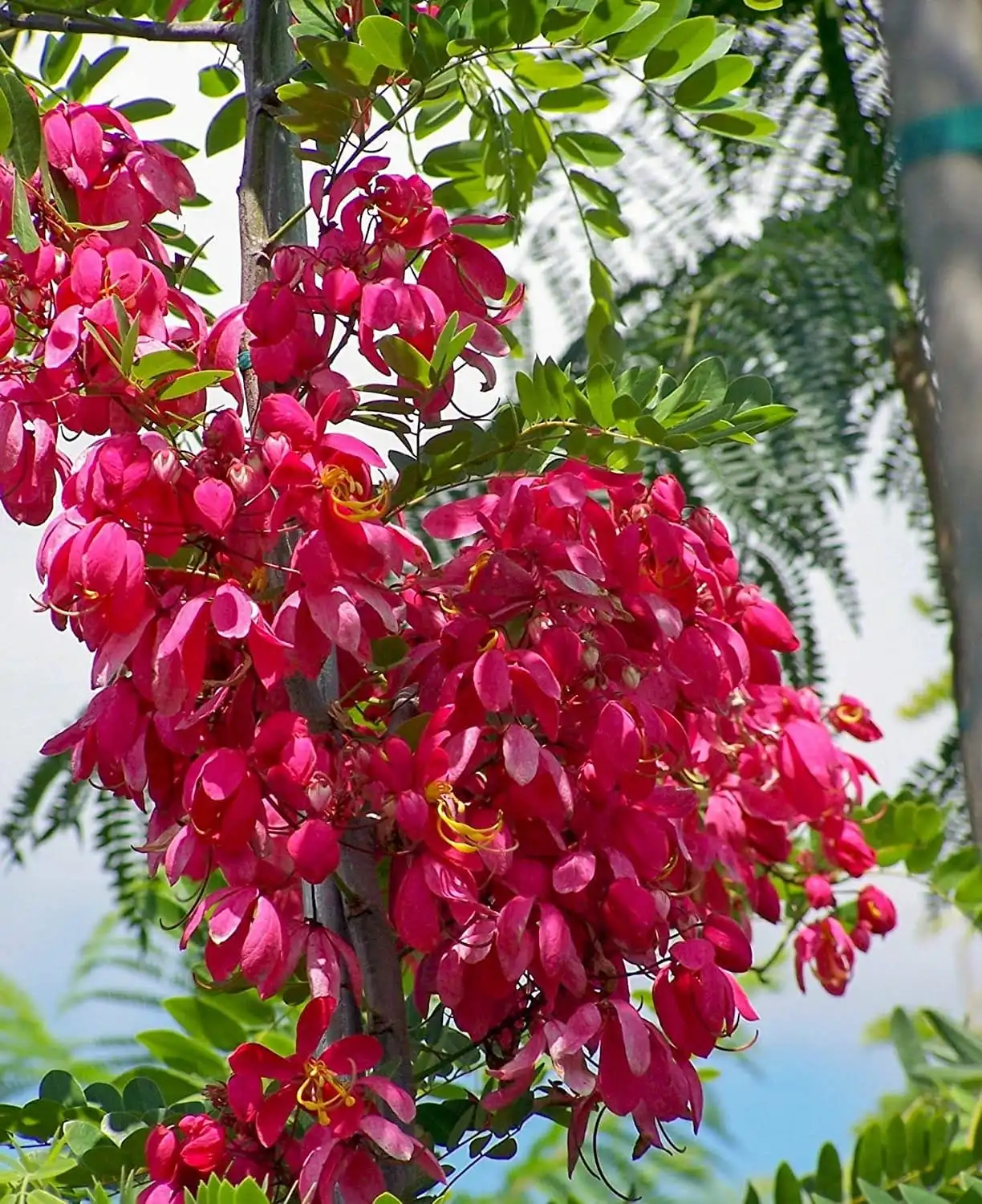


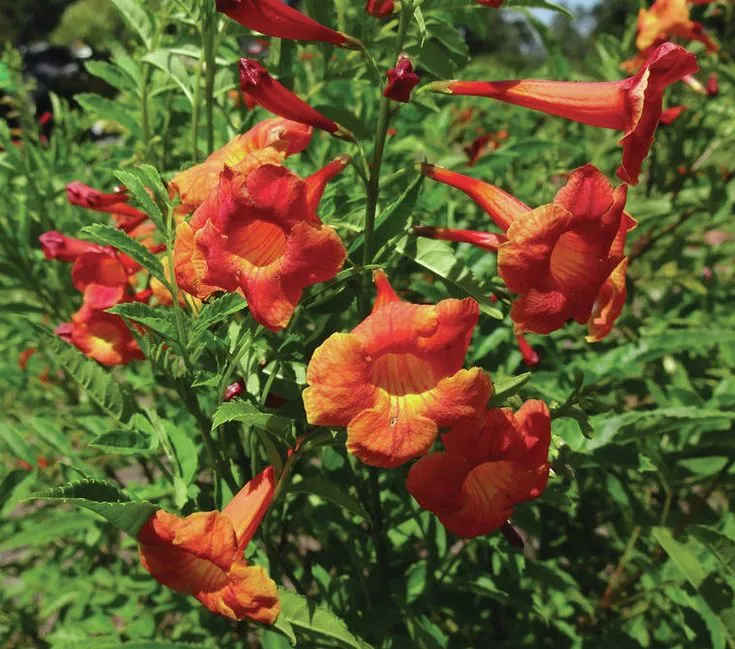
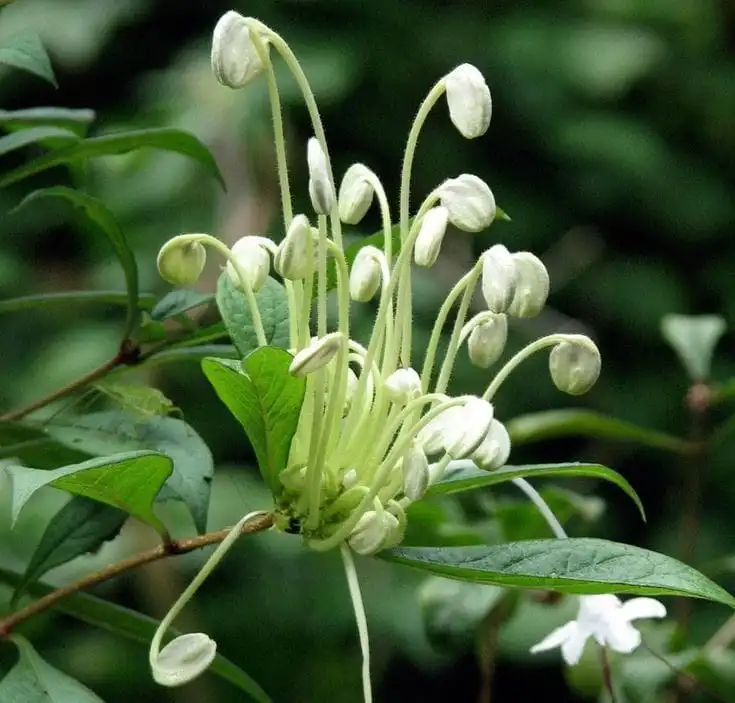
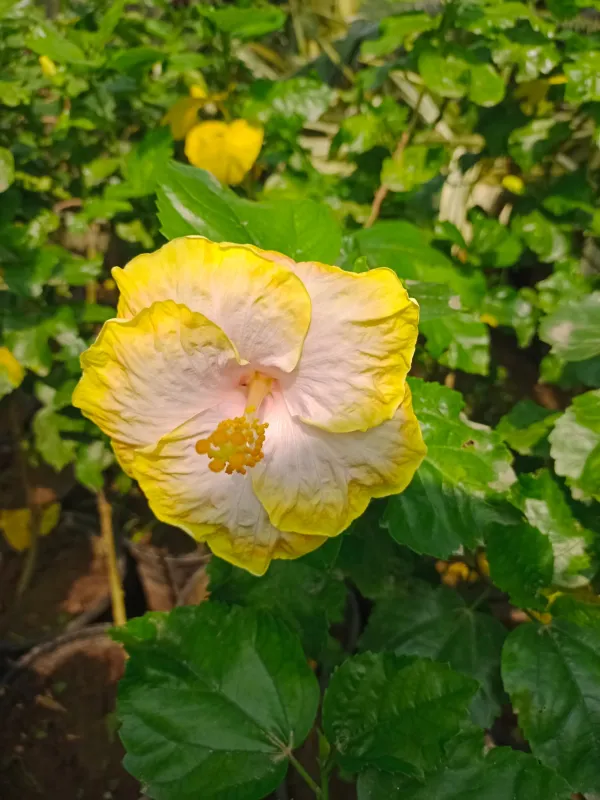

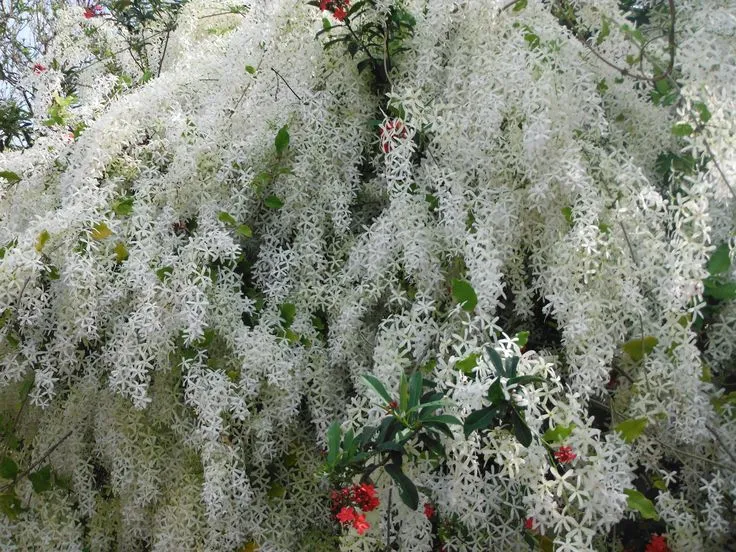

Leave a Reply